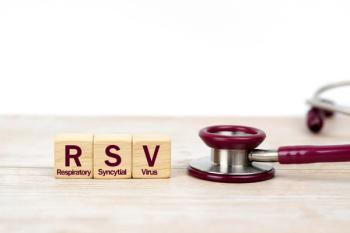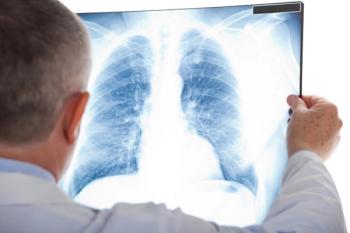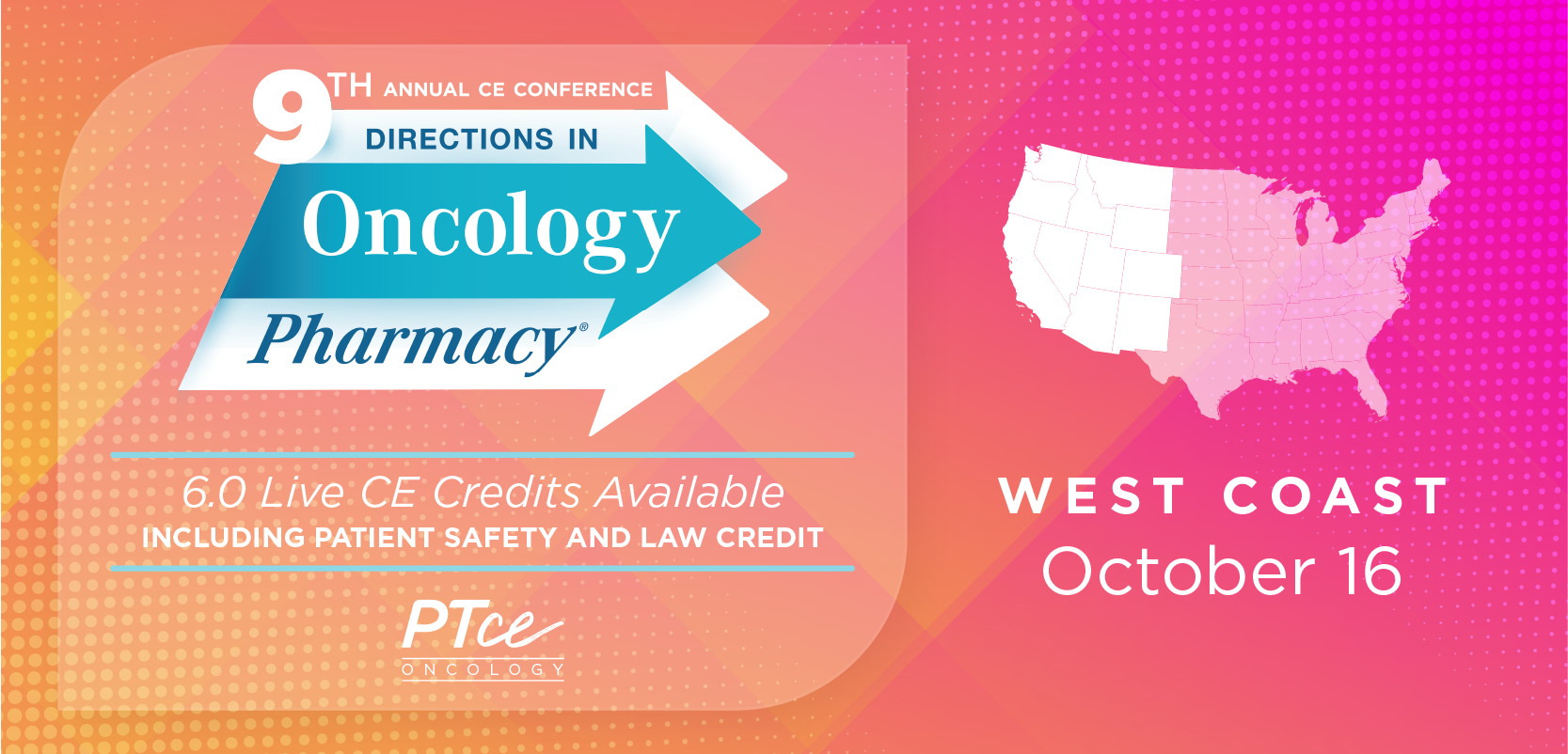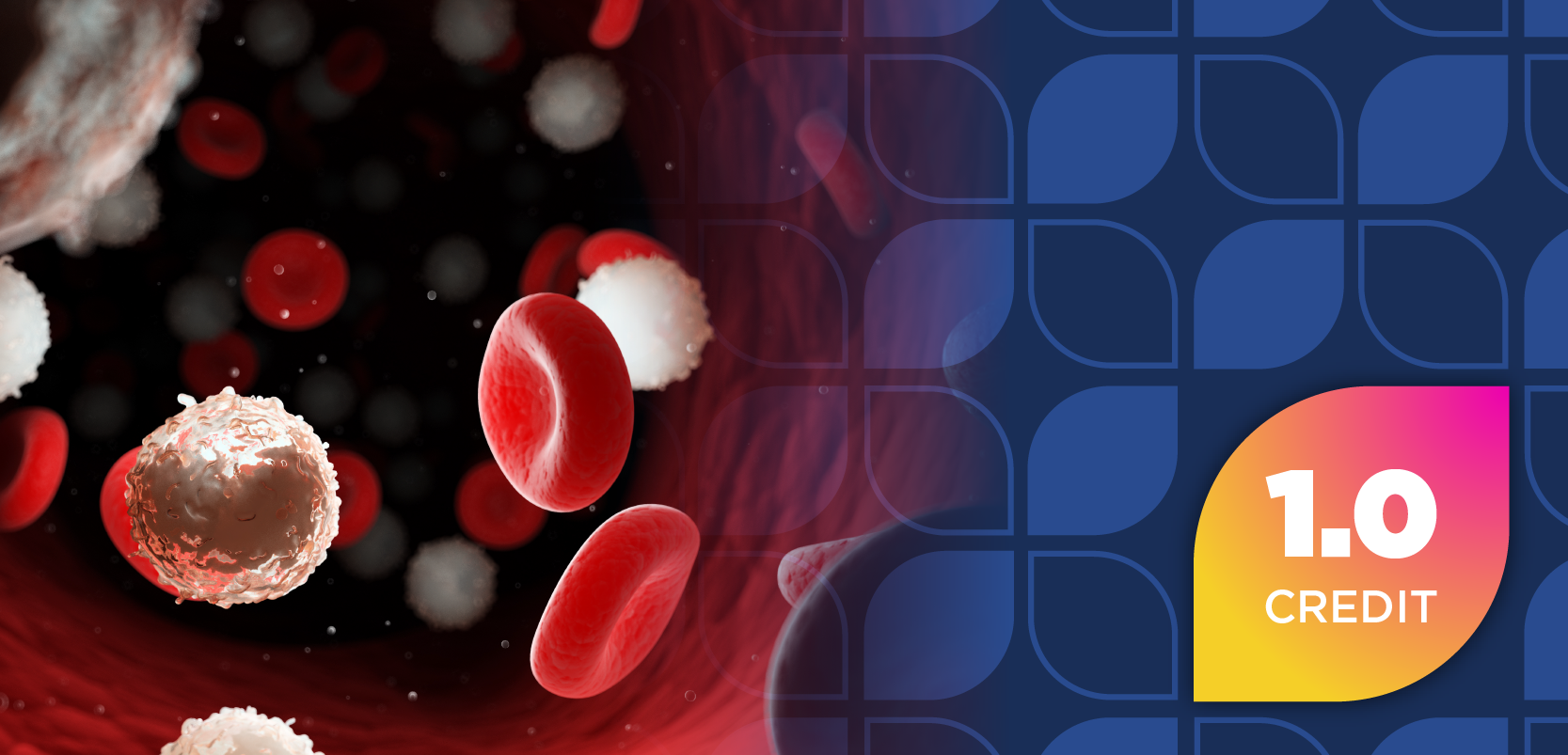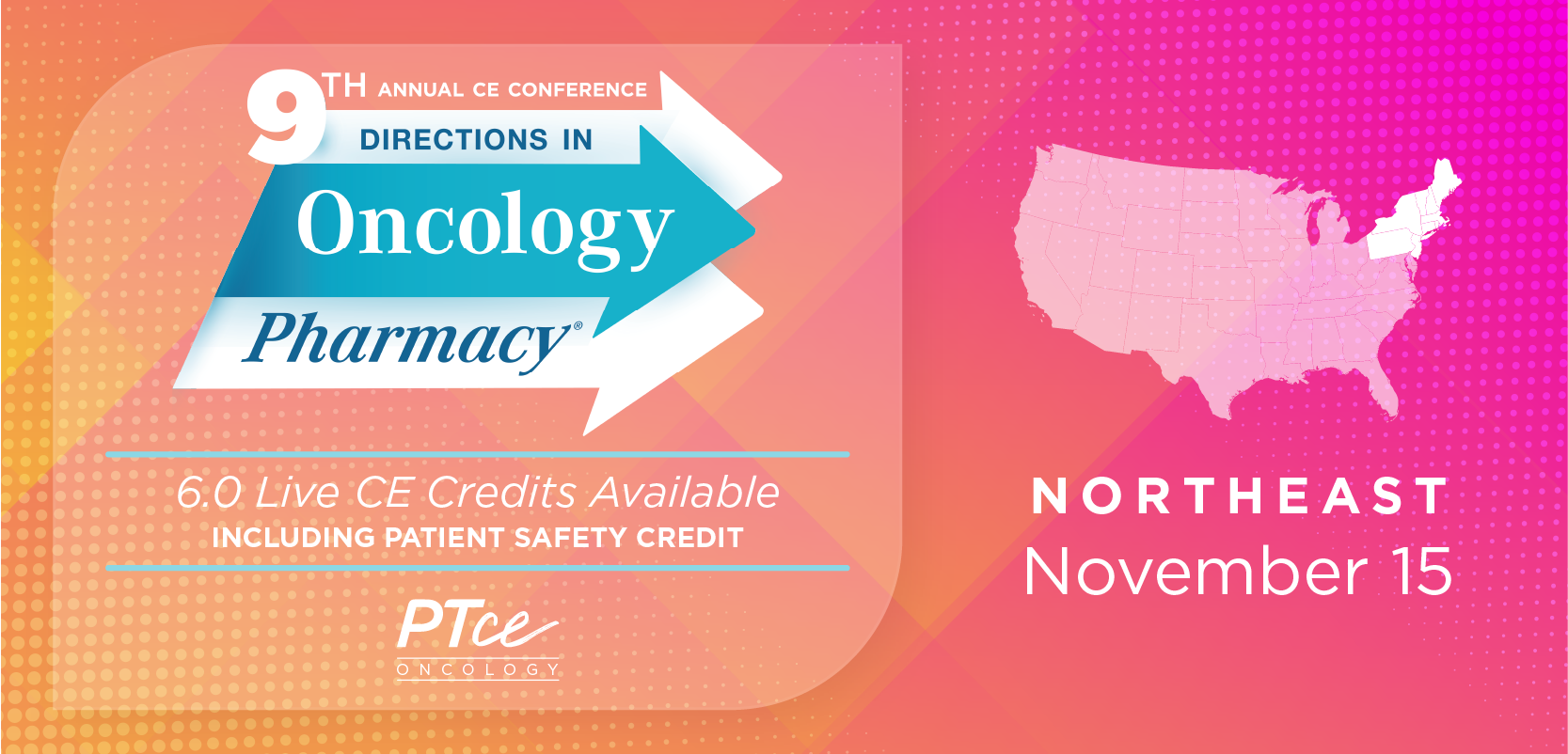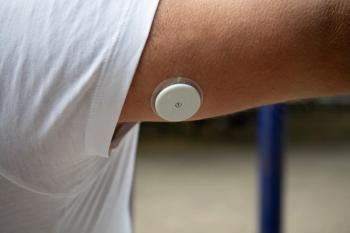
Expanding Treatment Horizons for Sickle Cell Disease: Barriers, Innovations, and Future Directions
Key Takeaways
- SCD affects millions, with high mortality and morbidity rates, necessitating effective treatment strategies to improve patient outcomes.
- Standard treatments include hydroxyurea, voxelotor, and blood transfusions, while BMT and gene therapies offer curative potential.
Treatment advancements highlight the curative potential of bone marrow transplants and emerging gene therapies.
Sickle cell disease (SCD) affects nearly 20 million individuals worldwide, with an average of 100,000 in the US alone. Standard of care treatments typically include first-line treatments that help to prevent sickling and reduce complications, such as hydroxyurea (Hydrea; Bristol-Myers Squibb) or voxelotor (Oxbryta; Global Blood Therapeutics); medicines to prevent or treat pain; treatments to lower infection risk; blood transfusions; and blood and bone marrow transplant (BMT), along with emerging gene therapies. Experts at the Society of Hematologic Oncology (SOHO) 2024 Summit gathered to discuss these treatments, their benefits for patients, and the curative potential of haploidentical hematopoietic stem cell transplantation (haplo-HSCT) and gene therapies as alternatives when matched sibling donor (MSD) BMTs are unavailable.
SCD is a significant problem in the US with a 6% mortality rate before the age of 18, and 1 in 3 adolescents will experience a silent stroke. SCD is caused by a point mutation in codon 6 in the beta globin chain, resulting in chronic hemolysis, inflammation, ischemic events, and progressive multi-organ failure leading to premature death. Approximately 50% of identifiable deaths in patients with SCD result from kidney, heart, and lung complications; patients with more than 1 organ dysfunction have a prognosis of 7.8 years.
Cases of SCD are typically treated with supportive care aimed at reducing the progression of disease and alleviating or preventing pain. This can include hydroxyurea, preventative immunizations, prophylactic antibiotics, stroke screenings, and consistent follow-ups to assess treatment success. However, more serious, high-risk patients are directed to curative treatments to stabilize organ function, normalize transcranial Doppler, reduce pain, and improve quality of life (QOL). These include BMT and gene therapies such as the FDA-approved lovo-cel (Lyfgenia; bluebird bio) and exon-cel (Casgevy; Vertex Pharmaceuticals Inc).
BMT has historically been the treatment pathway for patients with SCD who have aggressive disease or in pediatric patients with complications such as stroke, acute chest crises, and repeated pain crises. BMT is also associated with potential complications including graft-versus-host disease (GVHD), increased cancer risk, infertility, infections, or transplant failure. Outcomes for MSD BMT have been positive, with over 92% survival for patients under 12 years old, and patients over 13 years old or with a matched unrelated donor have an event-free survival rate of 90%. However, patients with SCD who receive alternative donor transplants, such as haploidentical or mismatched unrelated donors, have less favorable event-free survival rates of below 60%. Response to treatment declines with age and adults typically have the poorest responses to treatment.
Despite its success, there are barriers experienced by patients with SCD and the clinicians who treat them. During his presentation, Jaap-Jan Boelens, MD, PhD, hematologic-oncologist from Memorial Sloan Kettering Cancer in New York, discussed the barriers to BMT commonly faced by patients.
“There are barriers, huge barriers, because only 15% of the patients eligible for an intervention have access to a match sibling donor, and only 10% to a matched related donor or matched unrelated donor from a registry,” said Boelens. “There is also lack of financial and psychosocial support in many of the families, and parental refusal [can result] because of the mortality risk. There's also physician refusal, because these hematologists don’t always work in the same hospitals as the transplant programs.”
Given these barriers to BMT and potential complications, Boelens suggests the use of gene therapy, an emerging treatment alternative for patients with SCD. Gene therapy involves the collection of a patient’s autologous stem cells and subsequent manufacturing to enable them to be more precise in targeting the disease. There are multiple advantages to this process, including the need for less chemotherapy, shorter recovery time, and a lack of need for long-term immunosuppression. Boelens also points to the eliminated risk of GVHD, a serious risk associated with BMT. Data shows significant reductions in SCD-related complications with over 85% to 90% of patients free from severe vaso-occlusive crises after treatment. However, the long-term durability of gene therapy effects requires continued investigation.
Like BMT, there are barriers that prevent patients with SCD from receiving gene therapy, as well as health complications that may impact treatment decisions. Some case reports note the potential of infertility issues and insertional oncogenesis, although a direct link has not yet been identified. Gene therapy is also costly and only accessible at select centers, limiting its availability to patients who live a significant distance from those centers. Additionally, it is a lengthy and intensive process.
“These stem cells need to be sent to a manufacturing facility and it will take 12 to 20 weeks to get the product back. Manufacturing itself is only a week. But then there's a lot of quality control before its shipped back for the start of the conditioning, red cell exchange, central line placement,” said Boelens. “Patients are then admitted for a myeloablative conditioning regime before infusing the gene modified product. Neutrophil engraftment will take about 3 to 4 weeks followed by 4 or 5 weeks for the platelets. Then, they will get discharged.”
Considering these disadvantages, Adetola Kassim, MD, MS, professor of medicine in Hematology/Oncology, director of the Adult Sickle Cell Disease Program, and clinical director of the Adult Stem Cell Transplant Program at Vanderbilt University Medical Center in Nashville, suggested haplo-HSCT as an alternative when a matched donor is unavailable.
“For the haplo-transplants, they were all reduced intensity. Gene therapies right now currently use a myeloid native approach,” he said. “If you look at neutrophil engraftment, they're really about the same [as haplo-HSCT] after all therapies, and platelet recovery is about the same.”
Despite haplo-HSCT treatments’ historically unfavorable outcomes compared with MSD BMT, Kassim explained the efforts being made to improve responses may indicate its place as a potential alternative. In a trial conducted in Marseille, France, patients treated with 2 cycles of immune suppression with fludarabine (Fludara; Bayer Healthcare Pharmaceuticals), dexamethasone, rituximab (Rituxan; Genentech), and bortezomib (Velcade; Millennium/Takeda and Janssen Pharmaceutical Companies) prior to haplo-HSCT demonstrated improved responses.
Although BMTs offer promising outcomes for individuals with SCD, several barriers—including donor availability, financial constraints, and psychosocial challenges—limit access to this curative treatment. Emerging options like haplo-HSCT and gene therapies offer hope for patients who lack matched donors, though both present their own challenges. Further research and increased accessibility will be crucial to improving the lives of and offering better long-term outcomes for patients with SCD.
REFERENCE
Khouri I, Kassim A, Boelens J, et al. Cellular Therapy. Society of Hematologic Oncology 2024 Summit. September 7, 2024. Houston, TX
Newsletter
Stay informed on drug updates, treatment guidelines, and pharmacy practice trends—subscribe to Pharmacy Times for weekly clinical insights.



